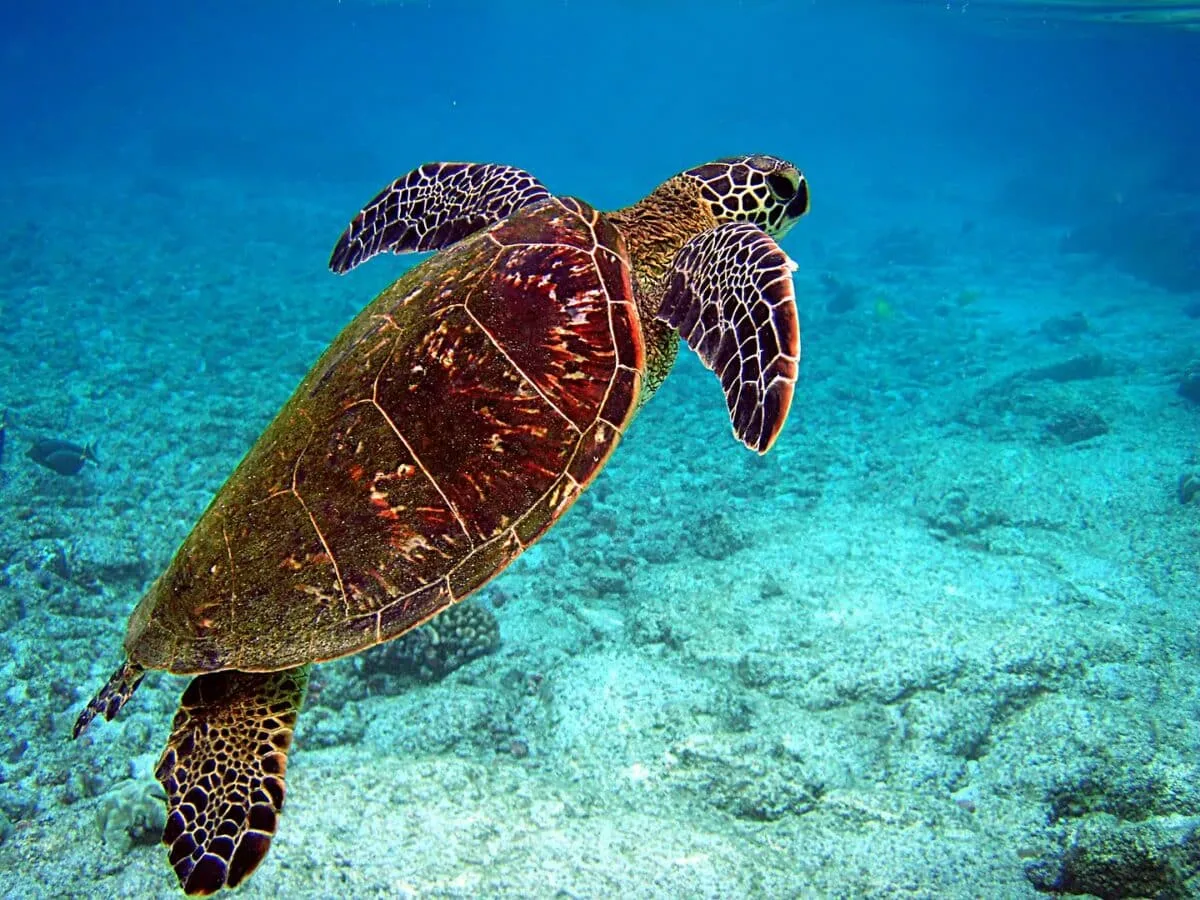Animals that eat plants are essential to preserving the delicate balance of ecosystems. These species, from mild grazers to leaf-eating monsters, are entirely plant-based in their diets.
Here we discuss the top 10 herbivorous creatures, their adaptations, ecological significance, and the astounding diversity of plant-eating species throughout the animal kingdom.
1. African Elephant
The African elephant is the largest land mammal on Earth and a wonderful example of the strength and beauty of herbivorous creatures. These magnificent animals have an amazing adaptation to a plant-based diet.
Notably, African elephants can hold leaves, branches, and even fruits with the help of their huge trunks. They can precisely harvest plants thanks to the incredible talent of their trunks. They can efficiently chew and grind tough plant material thanks to their powerful jaws and enormous molars.
African elephants have an incredible appetite and eat 200-600 pounds of grass daily. Their surrounding habitats are significantly impacted by their herbivorous lifestyle. They help plant species regenerate by spreading seeds through their excrement as they migrate across their habitats.
Additionally, they alter their surroundings by removing trees and making clearings, which promote the development of grasses and serve as habitats for smaller herbivores. An illustration of how important herbivorous animals are to preserving the harmony and biodiversity of their habitats is the African elephant.
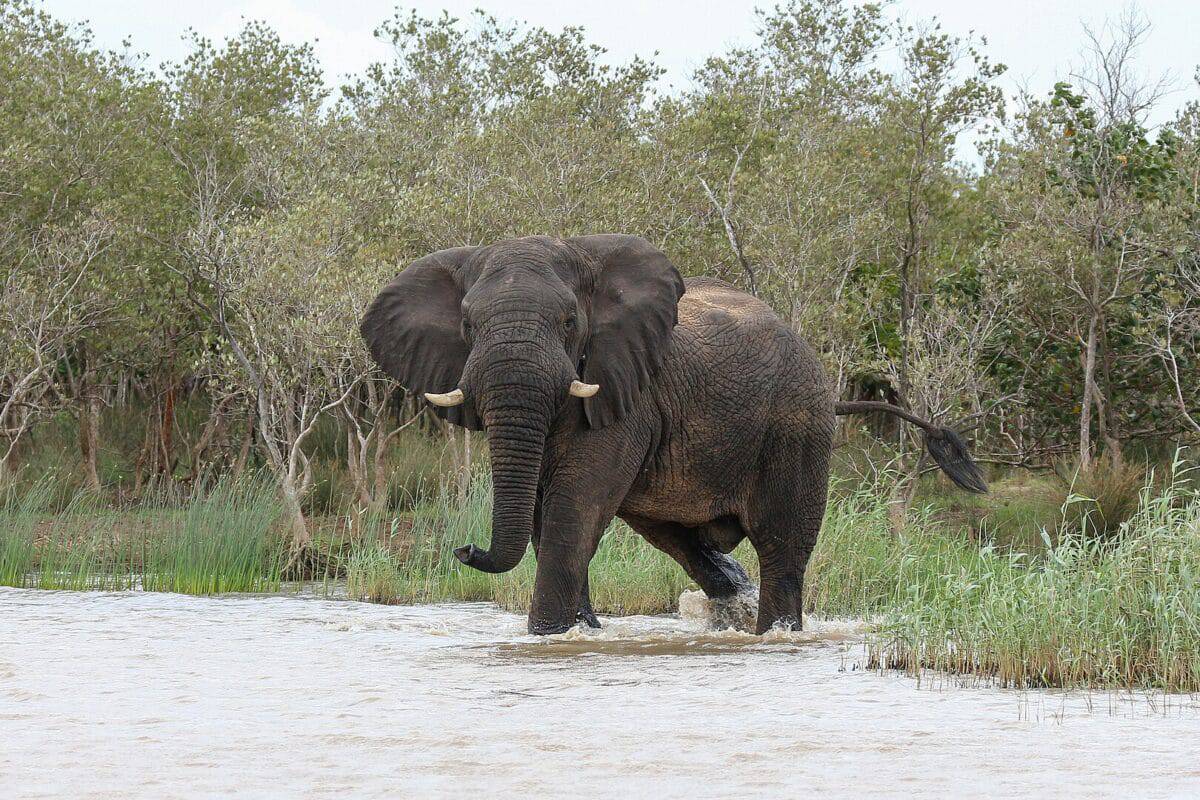
2. Gorilla
The largest of the primates, gorillas are recognizable herbivorous creatures living in central Africa’s deep forests. Most plant material these gentle giants consume includes leaves, stems, fruits, and bark. Gorillas can eat tough plants because of their strong jaws and well-developed molars. They get the nutrients their huge bodies need from their herbivorous diet. Gorillas devour fruits and pass the undigested seeds in their feces, contributing significantly to the spread of seeds. This encourages the regrowth of forests and the proliferation of various plant species.
Gorillas alter their environs by path clearance, opening up of plants, and contributing to the overall health and diversity of the forest ecosystem through their social structures and sophisticated activities. They act as crucial gauges of the condition of the forest and the crucial part that herbivores play in preserving the fragile equilibrium of tropical rainforests.
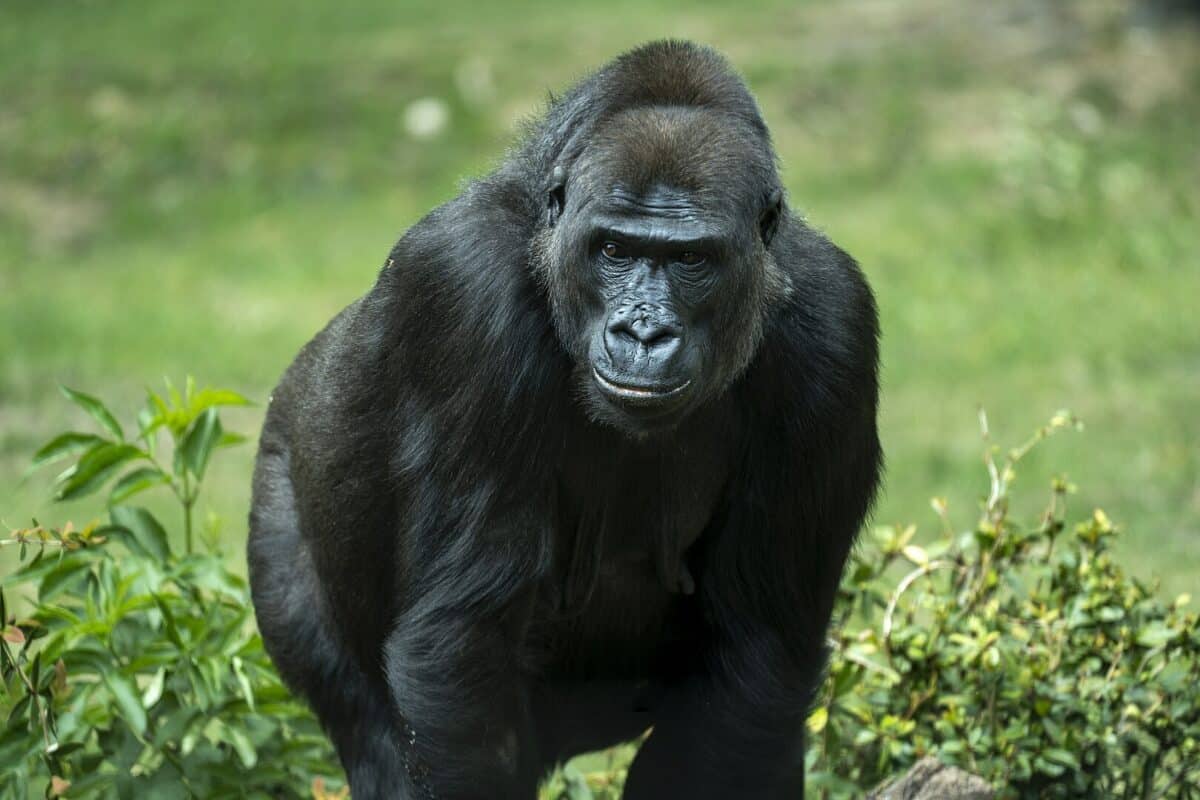
3. Koala
The Koala is a distinctive herbivorous animal with particular feeding habits and is a well-known icon of Australia. These little animals have extremely specialized diets, eating nearly nothing but eucalyptus leaves.
Due to their adaptations, koalas can survive on a eucalyptus leaf diet, which is poisonous to most other mammals. They can effectively eat and process tough and fibrous vegetation thanks to their sharp incisors and molars. To save energy, koalas also have a slow metabolism and spend most of their time sleeping or relaxing.
They depend on their specialized diet and low-energy way of life to survive in the nutrient-poor eucalyptus woodlands. Because of how they feed, koalas are frequently referred to as “ecosystem engineers” since they shape the composition and structure of their environments.
Further, they can control tree growth and encourage leaf regeneration by selectively grazing on specific eucalyptus species, guaranteeing a steady food supply for themselves and other herbivores. The Koala illustrates the complex interdependencies throughout ecosystems by illustrating the special link between herbivores and particular plant resources.
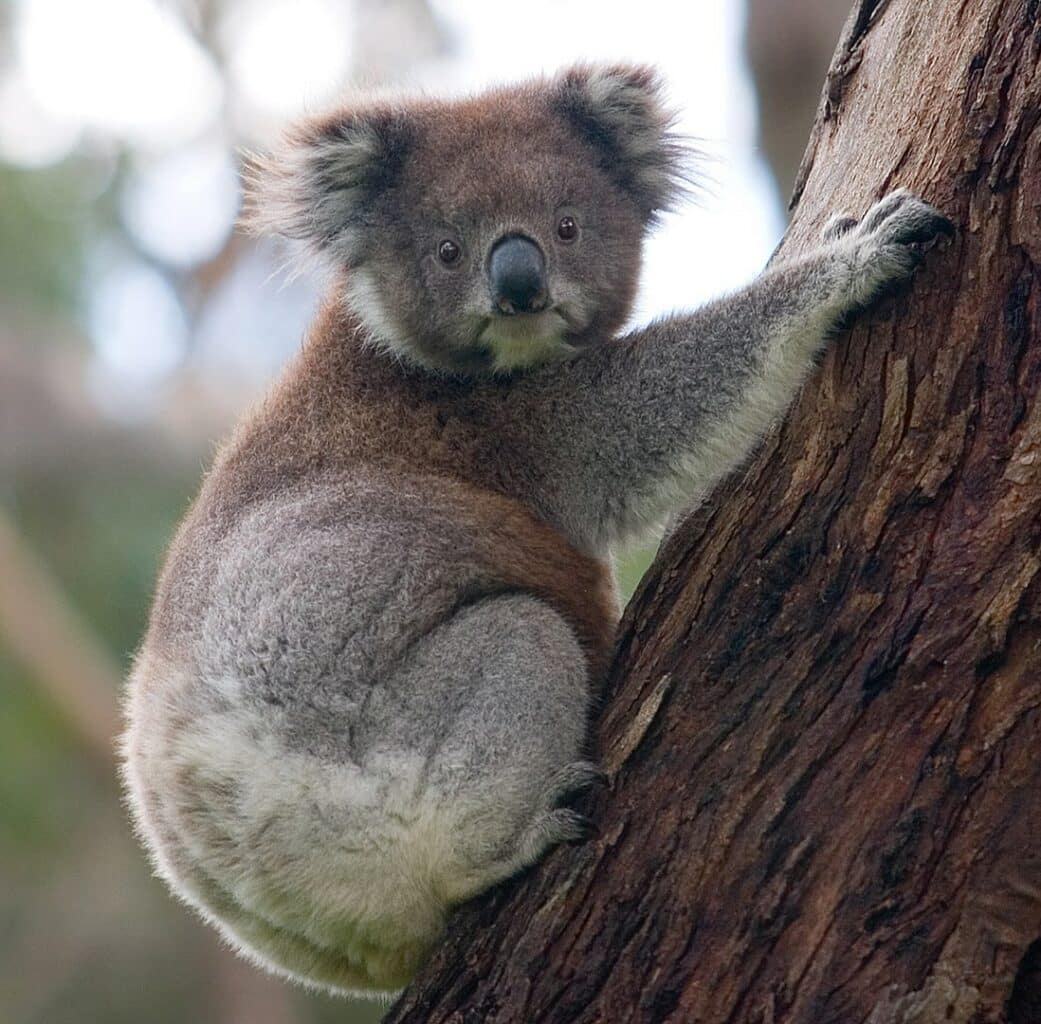
4. Giraffe
The giraffe is a recognizable herbivorous animal of the African savannah, distinguished by its long neck and graceful appearance. These magnificent animals have special characteristics that allow them to survive on a plant-based diet.
Giraffes can’t access foliage that is out of the reach of other herbivores thanks to their long necks. Their lengthy, prehensile tongues, which may reach 18 inches, enable them to remove leaves from branches precisely. Giraffes have developed complicated digestive systems and specialized molars that quickly process fibrous plant material. They significantly influence trees’ structure and species composition in their habitats because they are selective browsers.
However, Giraffes impact plant resource competition and aid in preserving biodiversity by eating leaves from taller trees. Other animal species that depend on the same plants are also negatively impacted by their grazing habit. The giraffe is a prime example of the remarkable adaptations that herbivores have made to survive in harsh conditions and contribute to the biological dynamics of their ecosystems.
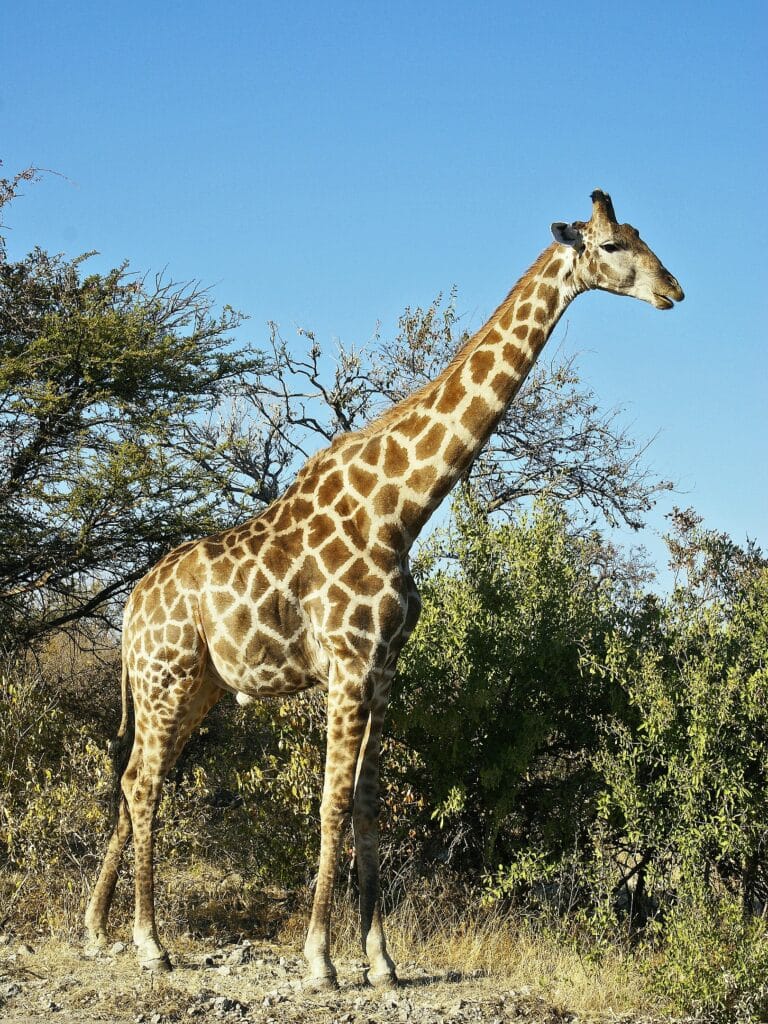
5. Panda
The Giant Panda is an iconic herbivorous animal known for its bamboo diet. It is a native of the bamboo forests of China. These adorable critters have special characteristics that enable them to flourish on this particular plant-based diet.
Pandas’ powerful jaws and cutting-edge molars enable them to easily chew and break down stiff bamboo stems and leaves. Due to the high cellulose content of the low-calorie bamboo, their digestive systems are specifically made to extract the most nourishment from it.
Additionally, Pandas must eat a lot of bamboo daily to meet their nutritional requirements. Pandas’ selective feeding practices impact the development and regrowth of bamboo forests, assisting in preserving thriving bamboo populations of this important plant species.
Not only are pandas crucial for bamboo forests, but they also act as a showcase species for conservation initiatives, underscoring the value of preserving their habitats and the biodiversity they sustain.
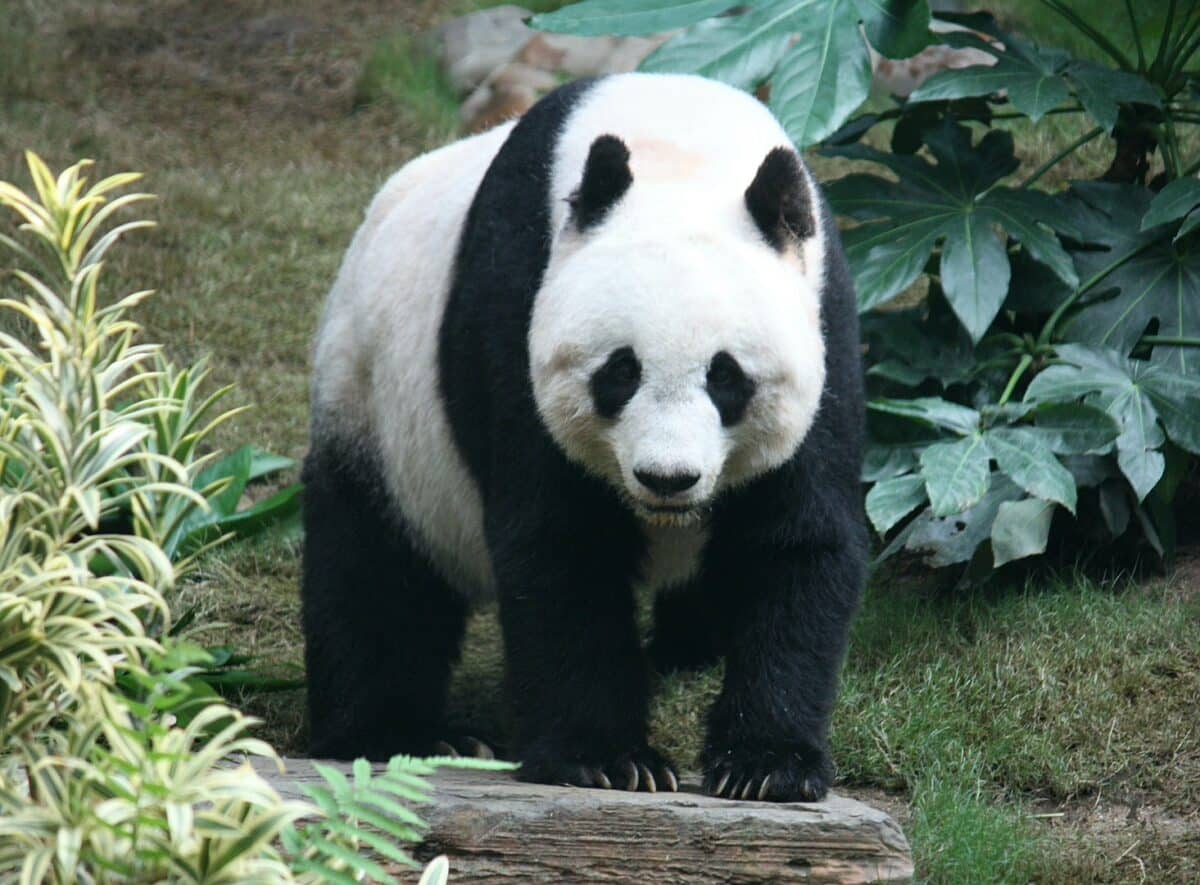
6. African Buffalo
The ferocious herbivorous African buffalo, commonly called the Cape buffalo, is found in grasslands and woods all over Africa. These cattle engage in bulk grazing, eating a range of grasses and occasionally leaf and shrub browsing.
African buffalos are essential to balancing grassland ecosystems through their grazing habits. They regulate their growth and encourage nutrient cycling by eating grasses. Their eating habits support the development of many microhabitats in grasslands, which is advantageous to various plant and animal species.
These species of African buffalos contribute to their environments’ complex food web dynamics by serving as important prey for predators. Large herds of these gregarious animals protect from predators and promote cooperative behaviors.
The African Buffalo serves as a reminder of herbivores’ crucial function in preserving the vitality and richness of their ecosystems, sculpting the landscape, and upholding the complex relationships between species.

7. Leafcutter Ants
Leafcutter Ants are highly sociable insects with a reputation for being herbivorous. As they actively cut and take leaf fragments back to their underground homes, these small organisms have a complex connection with plants. They don’t, however, eat the leaves directly.
Instead, Leafcutter Ants grow a particular fungus on the leaves they have gathered, which is their main source of sustenance. The fungus supplies the ants with a nutrient-rich, mutually beneficial food supply, and the ants, in turn, provide the fungus with the essential substrate and nutrition.
In tropical ecosystems, the breakdown of plant matter and the cycling of nutrients is greatly aided by Leafcutter Ants. Their herbivorous habits nourish the soil, recycle organic matter, and promote the development of other plant species.

8. Manatee
The intriguing herbivorous marine mammal known as the sea cow lives in warm coastal waters and rivers. These gentle giants primarily consume aquatic plants and vegetation, like seagrasses.
Manatees feed on underwater plants, utilizing their unique lips and bristle-like teeth to rip and ingest plant matter. In addition to giving them the nutrients they need, their herbivorous diet is crucial for the well-being and stability of seagrass habitats.
Also, Manatees help maintain seagrass meadows by thwarting uncontrolled growth and avoiding the buildup of organic waste. They also assist in nitrogen cycling and advance the general well-being of marine environments by eating seagrass.
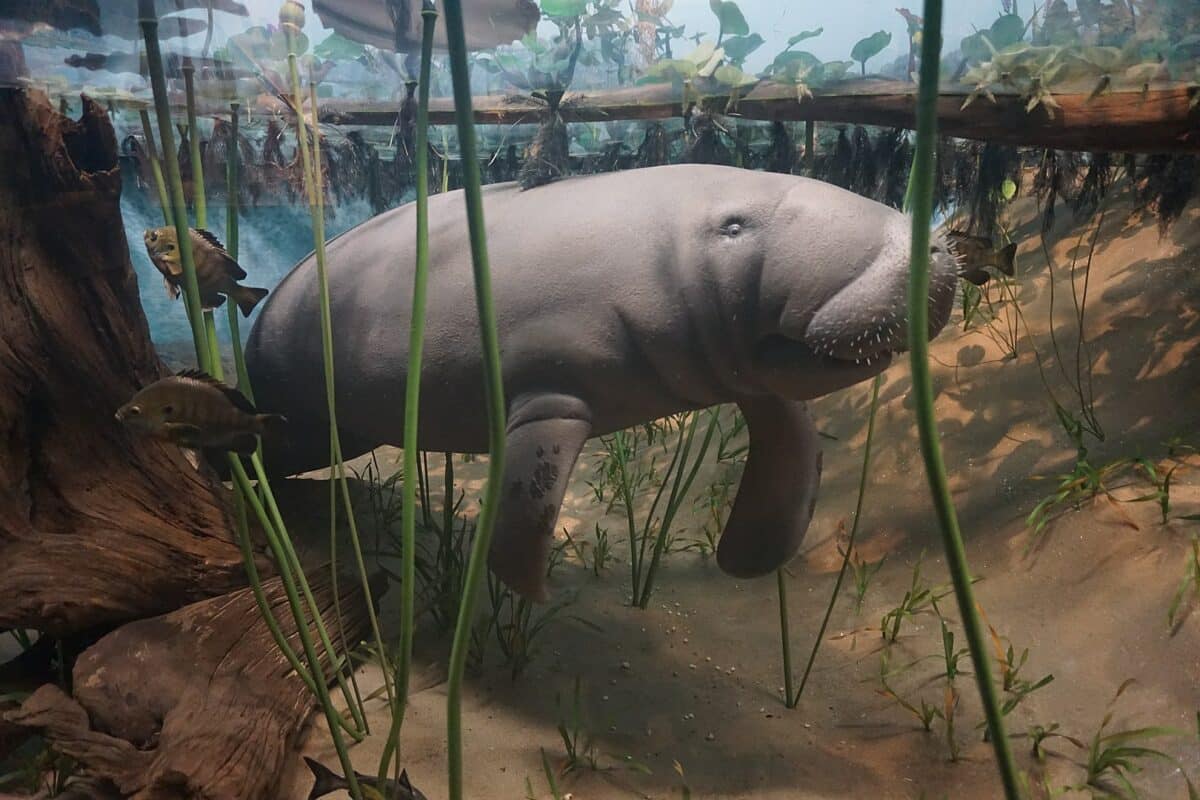
9. Red Kangaroo
The Red Kangaroo, a symbolic representation of Australia’s distinctive nature, is a herbivorous marsupial that can survive in arid and semi-arid environments. These quick animals have evolved to live by eating mostly grasses and other low-growing plants.
Because of their unique digestive processes, red kangaroos can get the most nutrients possible from the tough, fibrous grasses in their natural habitats. In their specialized chambers, they can effectively degrade cellulose through microbial fermentation.
They are highly adapted to their water-limited environments because of this adaptation, which allows them to conserve water while obtaining moisture from their food. Since their grazing behavior affects the structure of the vegetation, the cycling of nutrients, and the survival of many other species in their ecosystems, red kangaroos are frequently referred to as ecosystem engineers.
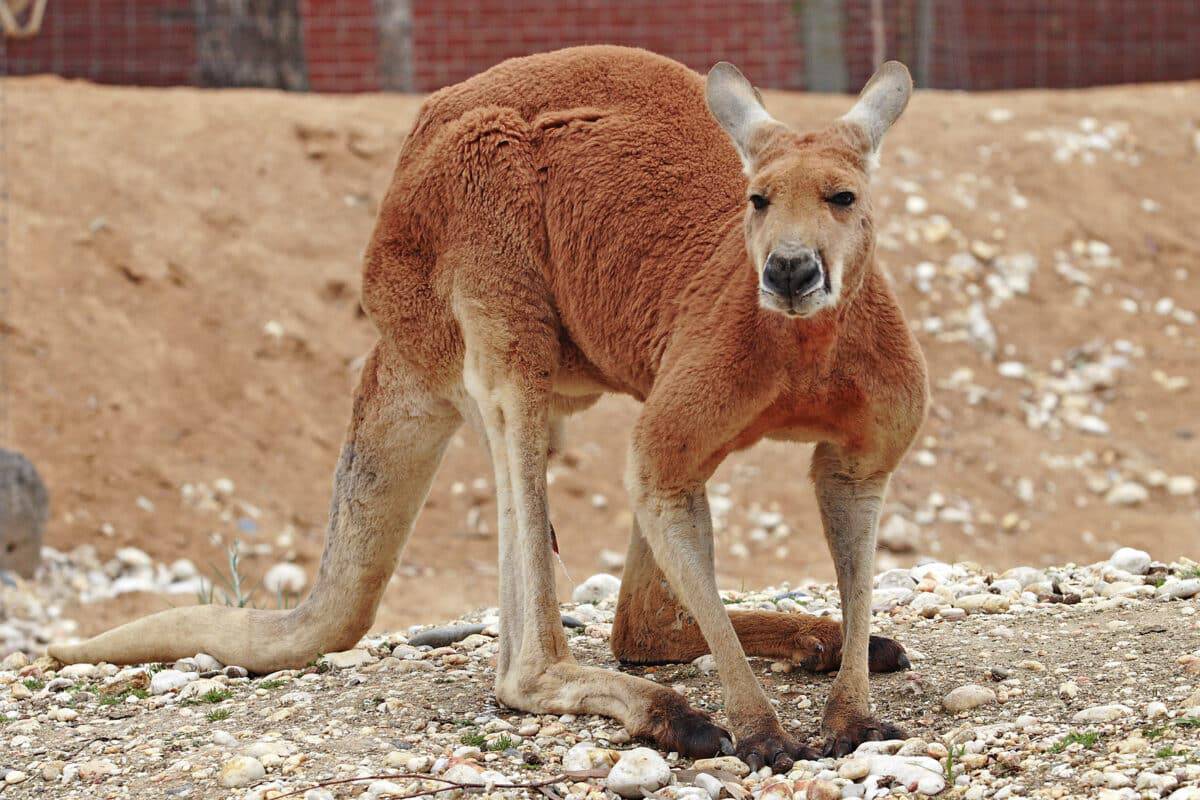
10. Sea Turtle
As herbivorous marine reptiles, sea turtles are stunning and mesmerizing and play a crucial ecological role. Although different sea turtle species’ diets vary, many eat algae and seagrasses.
For instance, green sea turtles are mostly herbivorous and rely significantly on seagrass grounds for their food. They contribute to the upkeep of seagrass meadows by grazing on seagrass blades with their pointed beaks. Sea turtles encourage growth, preserve meadow structure, and improve nutrient cycling, which all contribute to the health of the seagrass ecosystem.
By consuming seagrass they aid in preventing overgrowth, which can harm other species and the general health of coral reefs. Sea turtles are a prime example of the value of herbivores in marine ecosystems and are used to gauge ecosystem health and the need for protection.
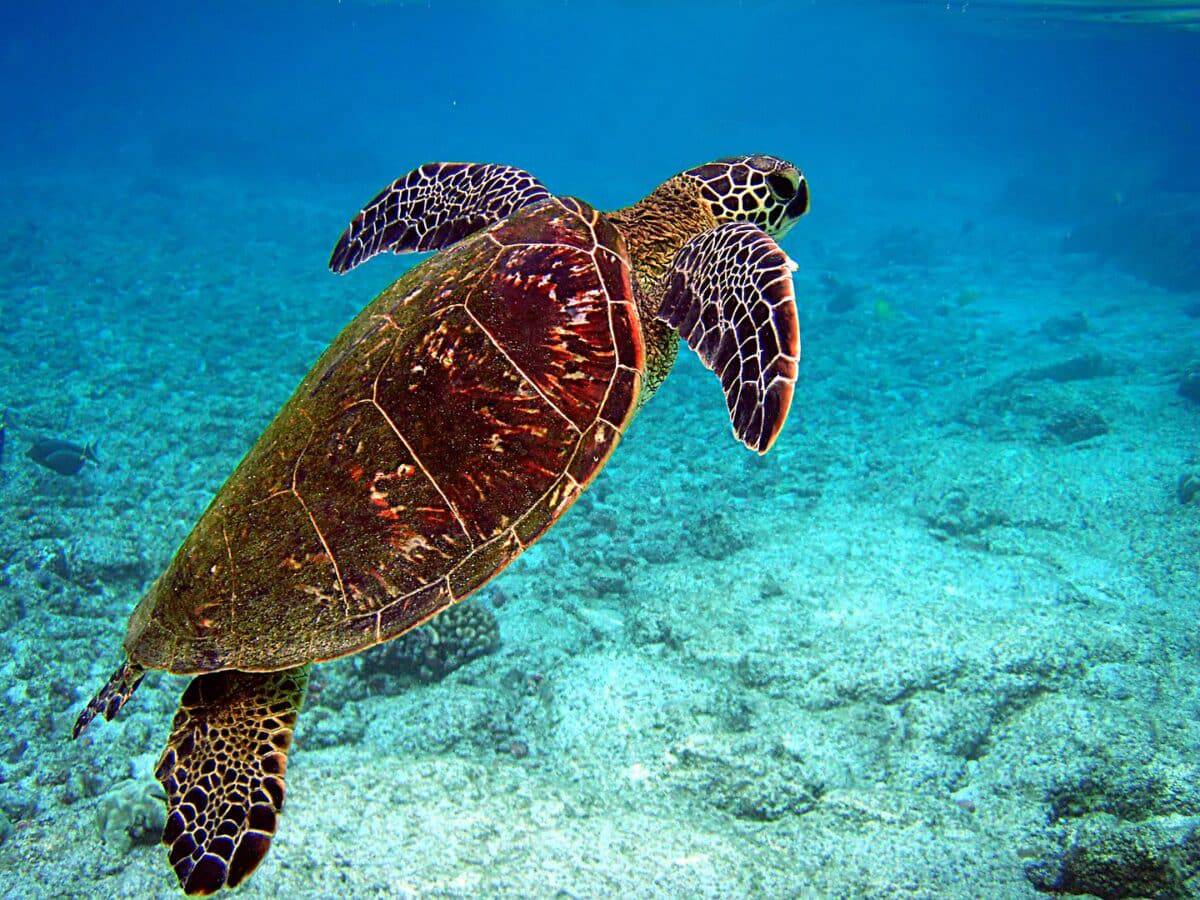
FAQs
What are some adaptations that herbivorous creatures have to help them eat plants?
Herbivorous creatures have many adaptations that help them digest plants. Many have specialized teeth or beaks for grinding and breaking down tough plant material, such as rabbits’ constantly growing teeth and elephant’s elongated tusks. Some, such as cows and horses, have four-chambered stomachs, allowing for a more lengthy and complicated digestive process. Additionally, some herbivorous creatures have developed the ability to break down cellulose, a complex carbohydrate that is difficult to digest, through specialized microorganisms in their gut, like termites.
What is the ecological significance of herbivorous creatures?
Herbivorous creatures play a critical role in balancing ecosystems. They control the growth and distribution of plant populations, which in turn helps determine the balance of other animals in the ecosystem. For instance, without herbivores like deer, elk, and rabbits, forests and grasslands could become overgrown and dense, creating a habitat that’s not hospitable to many other species. Additionally, herbivores help consume and disperse plant material, fertilizing soil and creating new habitats for other animals and plants.
How diverse are herbivorous creatures?
Herbivorous creatures come in all shapes and sizes. Some, like the blue whale, are the largest animals on Earth, while others, like the tiny leaf-cutter ant, are smaller than a fingernail. Herbivores can be found in almost every corner of the planet, from the deserts of Australia to the rainforests of South America. Additionally, they can eat various plant-based diets, including leaves, fruit, bark, seeds, and even wood. The diversity of herbivores highlights their critical role in maintaining a healthy and balanced ecosystem.
The Bottom Line
Every one of these herbivorous creatures is a perfect example of the variety and amazing adaptations that have arisen to support a plant-based diet. They are essential for preserving the delicate balance of their various habitats and supporting plant growth, seed dissemination, nutrient cycling, and ecosystem structuring.
Herbivorous animals are essential to the health and efficiency of ecosystems worldwide, illustrating the complex relationships between living things and the significance of plants in sustaining life. Herbivorous animals serve as ecological role models and a constant reminder of life’s extraordinary diversity and connectivity on Earth.
If you enjoyed this blog, read more on:
- Top 10 Omnivores
- Top 10 Ice Age Animals
- Meet the World’s Heaviest Reptile: The Leatherback Sea Turtle
- Top 10 Slow Animals
Join our Forum for free today!

- Usain Bolt vs. Peregrine Falcon – Speed Test in Their Domains - May 18, 2024
- Top 10 Animals in Yellowstone National Park - April 12, 2024
- Top 10 Omnivores - March 9, 2024

